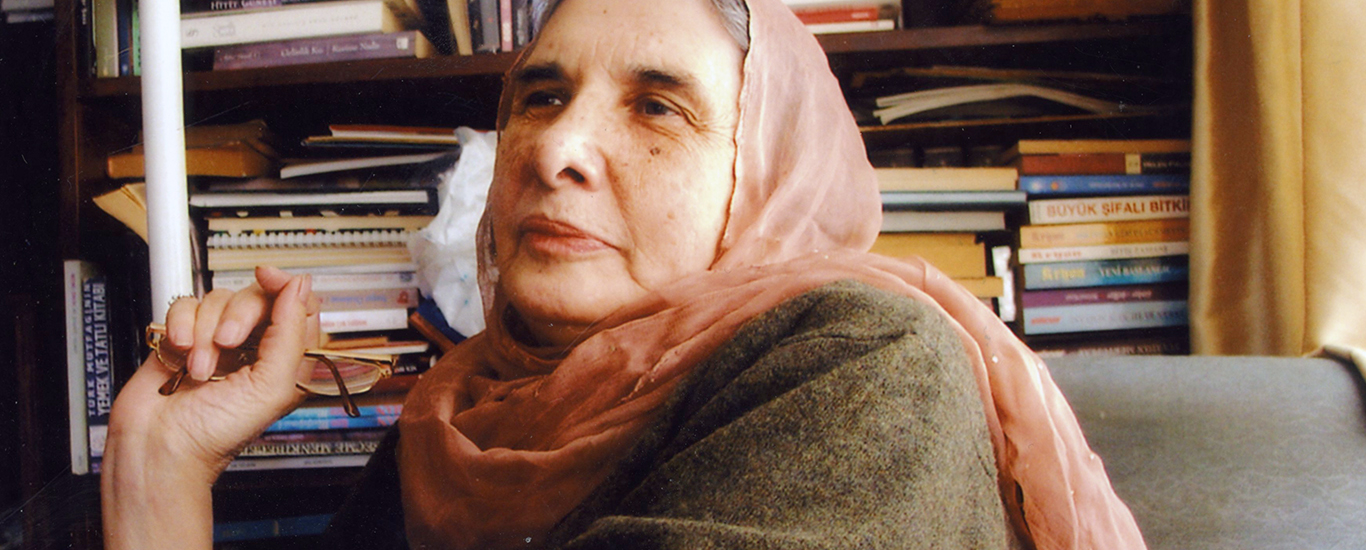Hers is an arduous adventure in an image of the world: cinema. Shakespeare had said the world is a stage. The world is cinema. As Khayyam said “we are puppets of fate / flickering on screen”. Ayşe Şasa has managed to overcome a difficult role on this so called stage, led a burdensome but fruitful life and to this day she is still a film artist, worker and thinker, sensitive to what’s going on in this old world.
Her story on Earth starts in 1941. She pens her first screenplay in 1963 with Çapkın Kız. Her notable works are Son Kuşlar / Last Birds, Murad’ın Türküsü, Ah Güzel İstanbul / Oh, Beautiful Istanbul (1966), Yedi Kocalı Hürmüz (1971), Cemo, Deli Kan, Hacı Arif Bey, And Recep and Zehra and Ayşe, Merdoğlu Ömer Bey, Gramofon Avrat / Gramophone, Arkadaşım Şeytan / Mephisto, My Friend, Her Gece Bodrum, Kanayan Bosna / Bosnia, the Open Wound, and Dinle Neyden / Listen from the Nay.
A part of Kemal Tahir’s intellectual circle, Şasa worked with and was a comrade of renowned Turkish directors such as Lütfi Akad, Halit Refiğ, Atıf Yılmaz, Yusuf Kurçenli, and Bülent Oran. Her essays in Dergâh were published under the title of Yeşilçam Günlüğü (Yeşilçam Diary), and were popular with young generations of film enthusiasts as they helped in shaping a film language unique to this land. “The technique of cinema is rooted in societal culture. Every society must construct and develop the core technique of cinema –that is cinematography– in line with the mechanisms of its own social culture,” says Şasa, vehemently pointing out that cinema is not a luxury and that it should be approached with a comprehensive holistic view.
– Sadık Yalsızuçanlar









